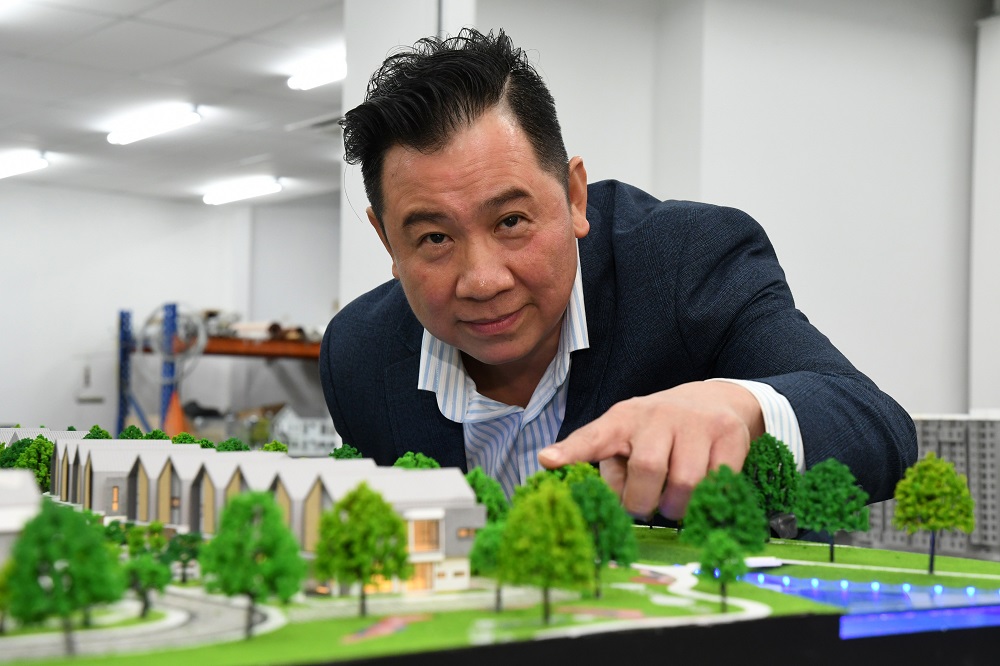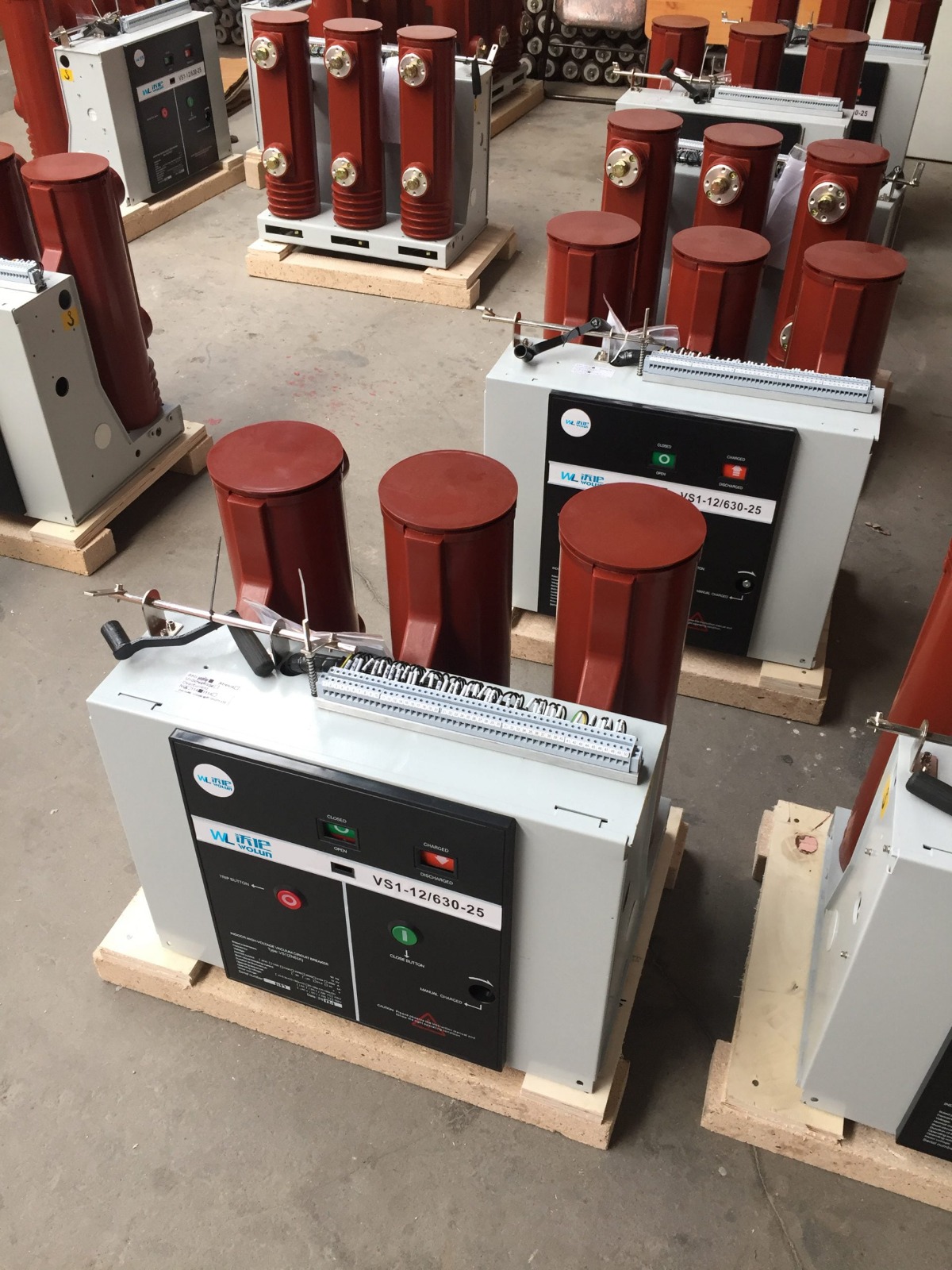Understanding Architectural Model Maker Exhibitions
Architectural model maker exhibitions are vital platforms for showcasing the intricacies of architectural design through physical models. For professionals in the field, these exhibitions serve not only as a means to display their craftsmanship but also as catalysts for dialogue about design, innovation, and project visions. By presenting models that encapsulate the essence of architectural concepts, model makers foster understanding among clients, investors, and the general public. architectural model maker exibition can influence perceptions and reactions that may shape future projects.
The Purpose and Importance of Exhibiting Architectural Models
Exhibiting architectural models serves several essential purposes:
- Visualization of Concepts: Physical models provide a tangible representation of architectural ideas that drawings and digital images can seldom match. They allow viewers to grasp the scale, materials, and spatial relationships inherent in design.
- Stakeholder Engagement: Engaging clients and stakeholders through exhibitions helps to clarify concepts and gather feedback. It creates a space where discussions can lead to more informed decisions regarding a project’s direction.
- Marketing and Brand Representation: For firms and individuals, exhibitions can enhance visibility and reputation. A striking model can attract attention and serve as a powerful marketing tool.
- Collaboration Opportunities: Exhibitions often attract fellow professionals from various related fields, providing networking opportunities that may lead to future collaborative projects.
Types of Models Used in Exhibitions
Several types of architectural models find their way into exhibitions, each serving distinct purposes:
- Presentation Models: Meant for marketing and client approval, these models typically feature high-quality finishes and details, showcasing the aesthetic qualities of a design.
- Construction Models: Designed to represent the technical aspects of a project, these models help contractors and builders understand how to execute the design.
- Conceptual Models: Often more abstract, these models are used during the early design phases to communicate initial ideas and strategies before delving into detailed plans.
- Exhibition Models: For permanent displays, like those found in museums, these models must communicate ideas clearly and robustly, often the historical or cultural context of a building.
Key Principles of Effective Exhibition Design
Creating an impactful exhibition requires careful planning and consideration of several key principles:
- Space Management: The layout should ensure that visitors can navigate easily while allowing for the optimal display of models. Lighting and distance from the viewer also play crucial roles in showcasing details effectively.
- Interactive Elements: Incorporating interactive features, such as digital displays or augmented reality experiences, can enhance visitor engagement and understanding of the models presented.
- Clear Signage and Information: Visitors should easily understand each model’s context and significance. Clear signage and informative panels can enhance the storytelling aspect of the exhibition.
- Audience Consideration: Understanding the target audience is crucial. Tailoring the exhibition to their interests and prior knowledge can foster a deeper connection with the material presented.
Materials and Techniques for Architectural Model Making
Architectural model makers utilize various materials and techniques to create models that accurately reflect their designs. This section delves into common materials, essential tools, and advanced techniques used in the process.
Common Materials Used in Model Making
The choice of material impacts both the aesthetics and durability of architectural models. Some popular materials include:
- Wood: Preferred for its natural beauty and ease of manipulation, wood can be used to create everything from basic structures to intricate detailing.
- Foam Board: Lightweight and versatile, foam board is commonly used for base layers or quick conceptual models due to its ease of cutting and shaping.
- Plastics: Various forms of plastics, like acrylic and Lexan, are utilized for their durability and clarity, particularly in modern or high-tech designs.
- Cardstock: An affordable option for prototyping, cardstock can be layered and manipulated to represent different forms and textures without significant expense.
- 3D Printed Materials: With the rise of technology, 3D printing has revolutionized model making. Materials like resin and filament provide high levels of detail and complexity in designs.
Essential Tools and Equipment
Building architectural models requires a range of tools to achieve precision and quality:
- Cutters and Knives: Precision knives, such as X-Acto knives, are crucial for making accurate cuts in various materials.
- Scissors: While basic, quality scissors remain indispensable for cutting paper and thin materials.
- Rulers and Measuring Tools: Accurate measurements are vital, so high-quality rulers, calipers, and protractors are common fixtures in a model maker’s toolkit.
- Adhesives: The choice of glue can affect not just the appearance but the structural integrity of the model; options include hot glue, super glue, and specialty model adhesives.
- Finishing Tools: Sandpaper, paintbrushes, and airbrushes are used for creating smooth surfaces and applying finishes that elevate the quality of the model.
Advanced Techniques for Model Precision
For model makers aiming for the highest level of detail, advanced techniques are indispensable:
- Laser Cutting: This technology allows for incredibly precise cuts and engravings, ideal for intricate details that would be time-consuming to achieve manually.
- 3D Modeling Software: Tools like Rhino, SketchUp, and AutoCAD enable designers to visualize and manipulate designs before physical creation.
- Vacuum Forming: This technique allows model makers to create complex shapes and forms quickly, useful for producing multiple identical components.
- Paint Techniques: Using techniques like airbrushing or layering can simulate different materials and finishes that contribute to the model’s realism.
Planning an Architectural Model Maker Exhibition
Preparing for a successful architectural model exhibition requires strategic planning and execution. Here, we outline the steps necessary for effective exhibition preparation, including logistics, display considerations, and audience engagement strategies.
Steps to Prepare for Your Exhibition
The preparation process can be broadly categorized as follows:
- Define Objectives: Clearly outline what you want to achieve with your exhibition, whether it’s promoting a specific project, networking, or educating the public.
- Plan the Models: Select which models to showcase, ensuring they align with your objectives and audience interest. Consider incorporating a mix of completed projects and conceptual works.
- Venue Selection: Choose a venue that suits your model scale and anticipated foot traffic. Consider accessibility, space, and the facility’s capacity to support your exhibition’s needs.
- Marketing the Event: Use traditional and digital marketing channels to promote the exhibition. Engaging visuals of your models can attract attendance.
Logistics and Display Considerations
Successful exhibitions require meticulous attention to logistics:
- Transporting Models: Ensure that models are safely packed to prevent damage during transport. Consider insurance for high-value pieces.
- Setup and Installation: Plan the setup phase to allow enough time for arranging models to maximize impact. Consider lighting and placement closely.
- Technical Setup: If using interactive displays or audio-visual elements, ensure all equipment is functional and tested prior to launch.
- Staffing: Depending on the scale, organize staff or volunteers to assist with visitor engagement, information dissemination, and maintaining model integrity.
Engaging Your Audience with Interactive Elements
Interactive elements can enrich the visitor experience and increase the effectiveness of the exhibition:
- Digital Touchpoints: Use tablets or screens to provide additional insights about the models, including designer interviews, project history, and future goals.
- Augmented Reality Experiences: Implement AR to allow visitors to visualize models in their real-world environments, adding layers of interaction and understanding.
- Workshops and Demonstrations: Offer hands-on workshops to engage visitors, allowing them to experience the model-making process firsthand.
Case Studies: Successful Architectural Model Exhibitions
Several architectural model exhibitions exemplify best practices. Here, we highlight innovative shows from around the globe that demonstrate the impact and effectiveness of well-planned exhibitions.
Highlighting Innovative Exhibitions from Around the World
Some notable exhibitions include:
- The City of Possibility Exhibit – Portland: This exhibition featured large-scale models focusing on the historical and future developments of Portland, engaging audiences with a narrative of the city’s growth.
- Los Angeles: A Model City – A+D Museum: This presentation highlighted the architectural vitality of Los Angeles through interactive and dynamic models, inviting visitors to engage with the city’s rich history.
Lessons Learned from Renowned Architectural Model Makers
Insights from experienced model makers can inform best practices:
- Emphasize Clarity: Models should clearly communicate their intent to foster understanding. Overly complex designs can confuse rather than enlighten viewers.
- Balance between Art and Function: Ensuring that models are visually striking while remaining functional is key to their effectiveness in exhibitions.
- Solicit Feedback: Engaging with visitors through direct conversations or feedback forms can illuminate areas for improvement for future exhibitions.
Evaluating Visitor Engagement and Feedback
Measuring the success of an exhibition involves tracking visitor engagement metrics and soliciting feedback through surveys or informal discussions:
- Attendance Figures: Monitor how many people attended compared to projections.
- Visitor Interactivity: Assess how many visitors engaged with interactive elements, which can indicate their effectiveness in enhancing understanding.
- Feedback Collection: Use surveys to gather insights on what resonated with visitors and areas for improvement.
Future Trends in Architectural Model Making and Exhibitions
The field of architectural model making is rapidly evolving, influenced by technological advancements and changing audience expectations. Understanding future trends can help practitioners remain ahead of the curve.
Emerging Technologies in Model Making
Technological innovations are reshaping architectural model making:
- 3D Printing Advancements: Continued developments in 3D printing technologies are allowing for the creation of increasingly intricate and customized models.
- Virtual Reality (VR): As VR becomes more accessible, it can provide immersive experiences that allow audiences to ‘walk through’ spaces represented in models far more effectively than traditional static displays.
- Eco-Friendly Materials: The emphasis on sustainability is leading to the exploration of new materials, such as biodegradable composites and recycled resources, in model making practice.
Sustainability Practices in Model Making
With growing concerns over the environment, sustainability has become crucial in model making:
- Reduced Waste Production: Opting for designs and processes that minimize material waste is a growing trend. This includes reusing materials from previous models whenever possible.
- Eco-Conscious Material Selection: Utilizing sustainable materials can appeal to eco-aware clients and demonstrate a firm’s commitment to responsible design.
Anticipating Changes in Audience Expectations
As audiences evolve, so do their expectations from exhibitions:
- Demand for Interactivity: More visitors now expect exhibitions to provide engaging, hands-on experiences. Staying ahead means exploring innovative ways to involve the audience.
- Storytelling: Audiences are increasingly looking for narratives to connect with; incorporating storytelling elements into exhibitions can enhance their relevance and impact.



